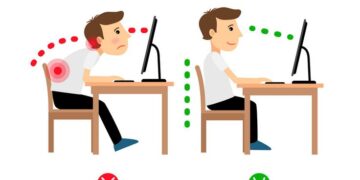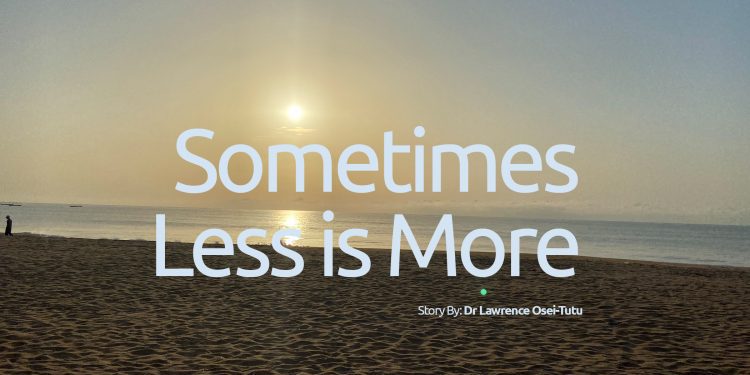Story By: Dr Lawrence Osei-Tutu
I attended a beautiful international conference of the Society for Neuro-Oncology Sub-Saharan Africa, SNOSSA over the weekend at the magnificent University of Ghana Medical Centre, UGMC in Accra, Ghana. I was awed not just by the awesome infrastructure of the conference venue but by the intricate presentations of the beautiful minds on show.
Cancers are not uncommon among adults. They are not so common in children, adolescents and young adults. When they happen in the younger age groups they are tricky to diagnose. Cancers are smart and mimic many common diseases and disorders.
It gets worse with brain tumours. Cancers occurring within the confines of our bony skulls are especially tricky to pick up. They tend to be extra smart, do well to go unnoticed for longer periods till a tipping point where they shut down brain functions; and they require highly advanced medical imaging to pick them up.
In low-income and middle-income countries, LMICs, these disease-related challenges are compounded by the lack of adequately trained personnel, facilities and capabilities to diagnose, treat and monitor or follow up patients with brain tumours.
For children in LMICs, the situation is much direr. The personnel have to receive further specialised training so they can treat children and use child-friendly facilities and equipment.
I find that in Ghana where I practice there is also another rather soft bottleneck. While tertiary institutions have a few of these resources to provide brain cancer care, successful patient outcomes are limited by poor coordination among experts that should work together to provide the needed care.
A child with suspected brain cancer may for instance never come to the attention of the pediatric oncologist and/or the radiation oncologist even though their services may be required to treat them.
Read also: http://vivahealthmag.com/9-mental-health-awareness-tips-to-keep-you-safe/
When we are few we should communicate even more with each other as soon as any one of the multidisciplinary teams that attends to these children encounters one. This does not resource-intensive while ensuring effective utilisation of the limited facilities at our disposal.
We are currently collaborating with colleagues in neurosurgery and other relevant disciplines to explore effective ways in coordinating, facilitating and improving the quality of care for children, adolescents and young adults with brain cancers in our institution.
They say the fewer the merrier and you do not always need an abundance of resources to effect positive outcomes. Sometimes less is more






























